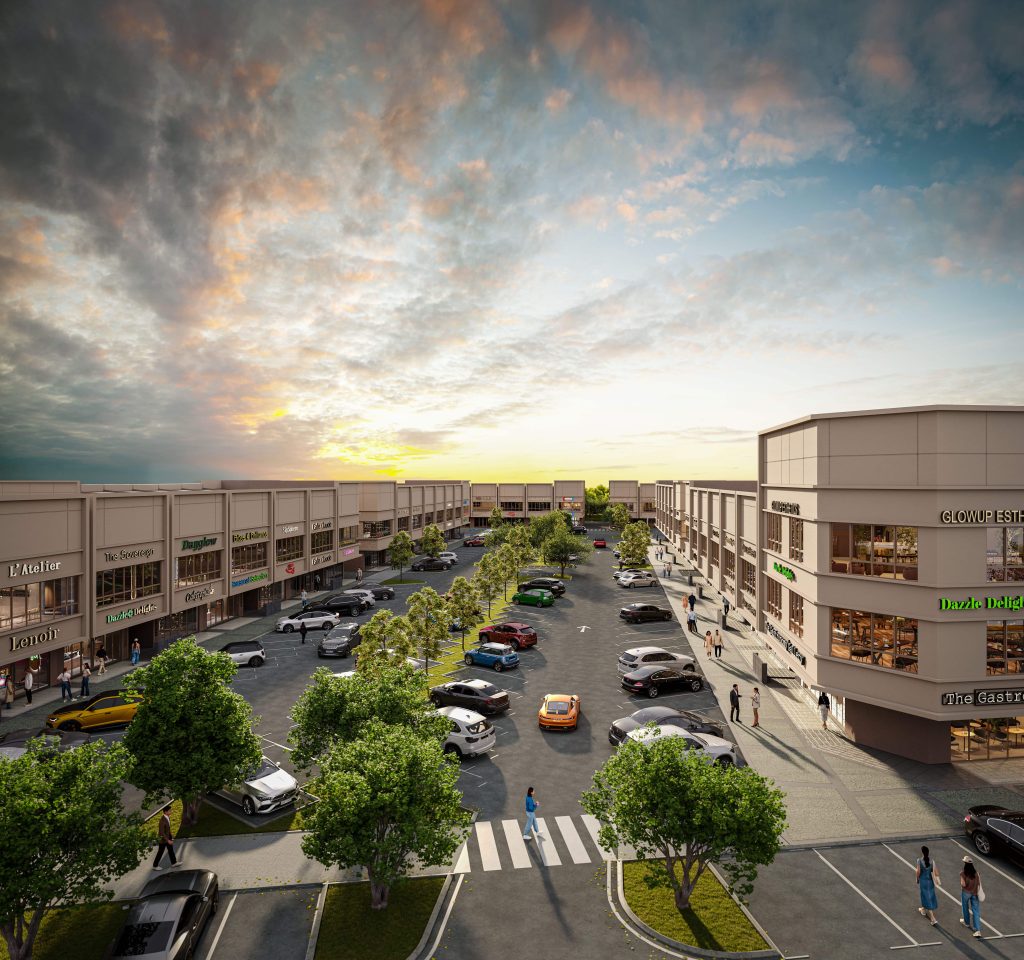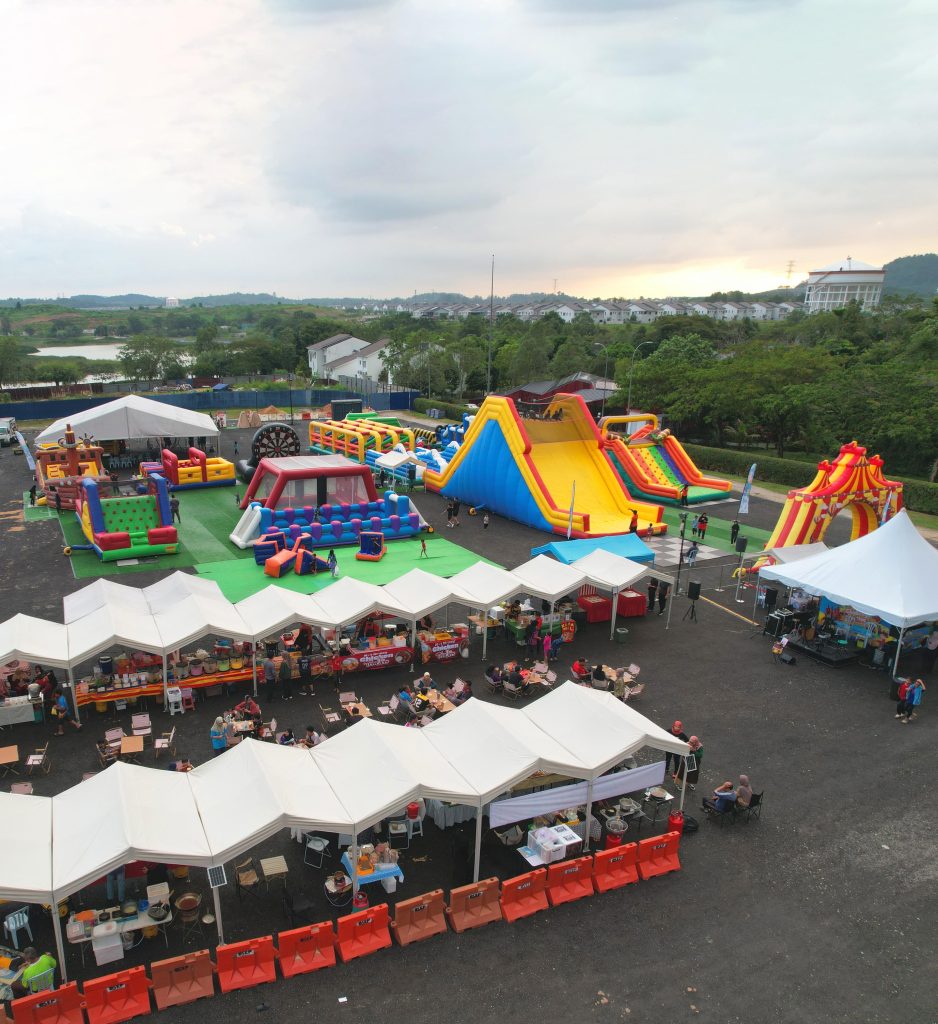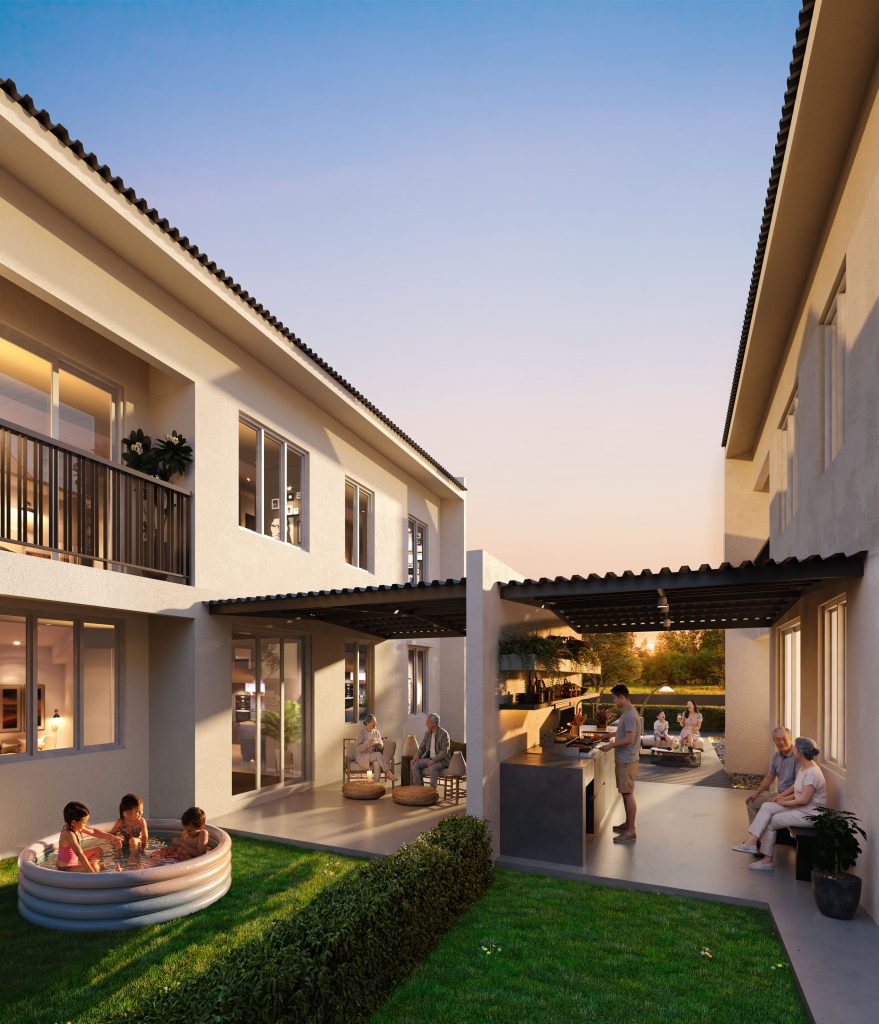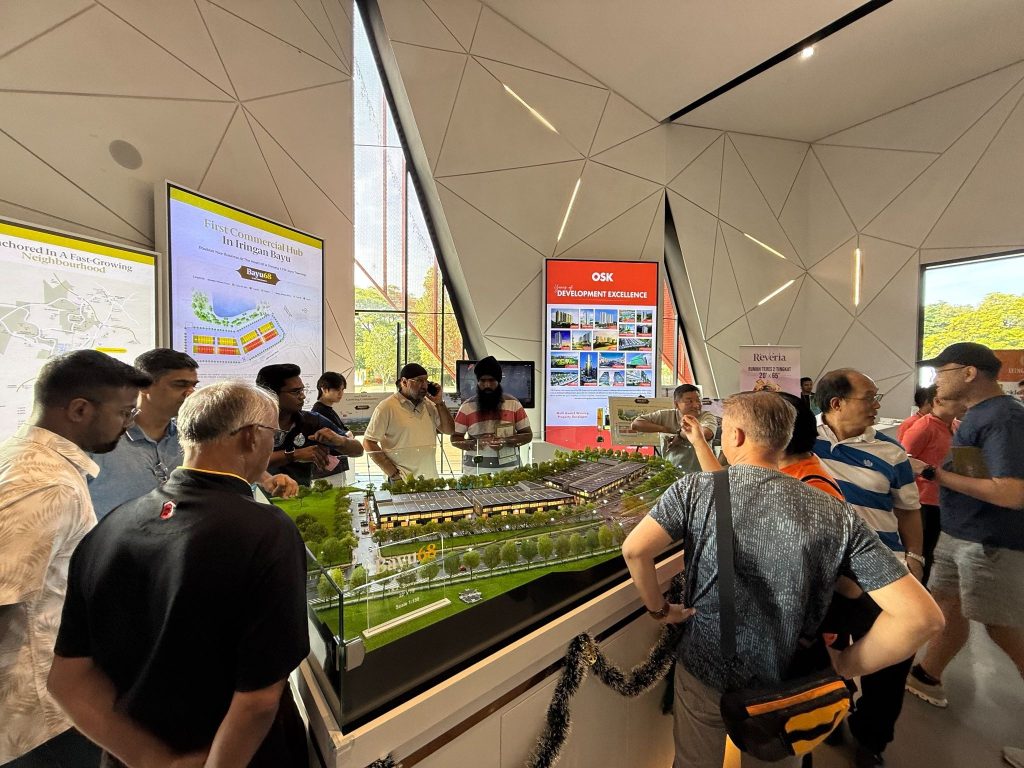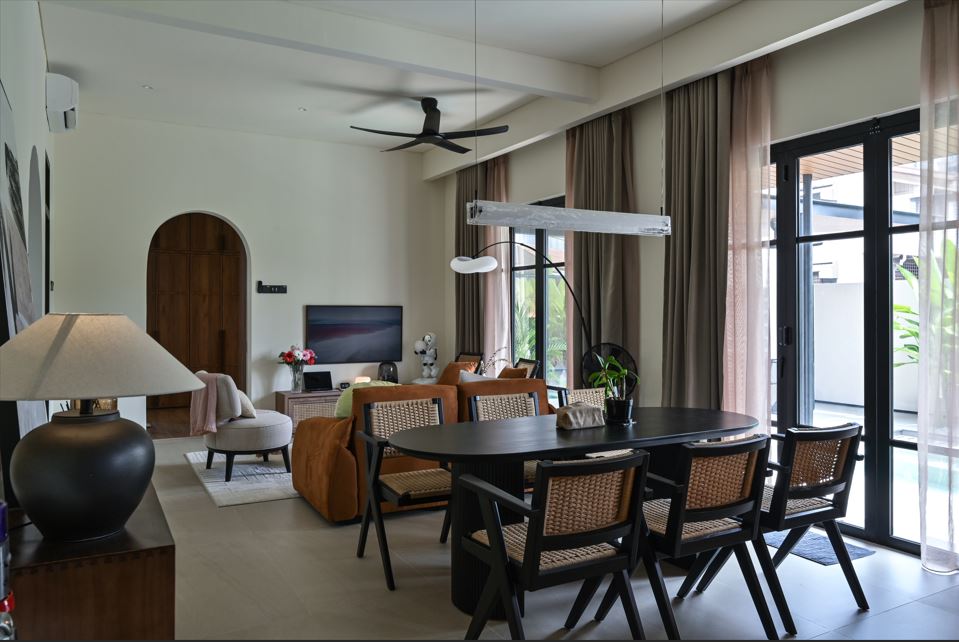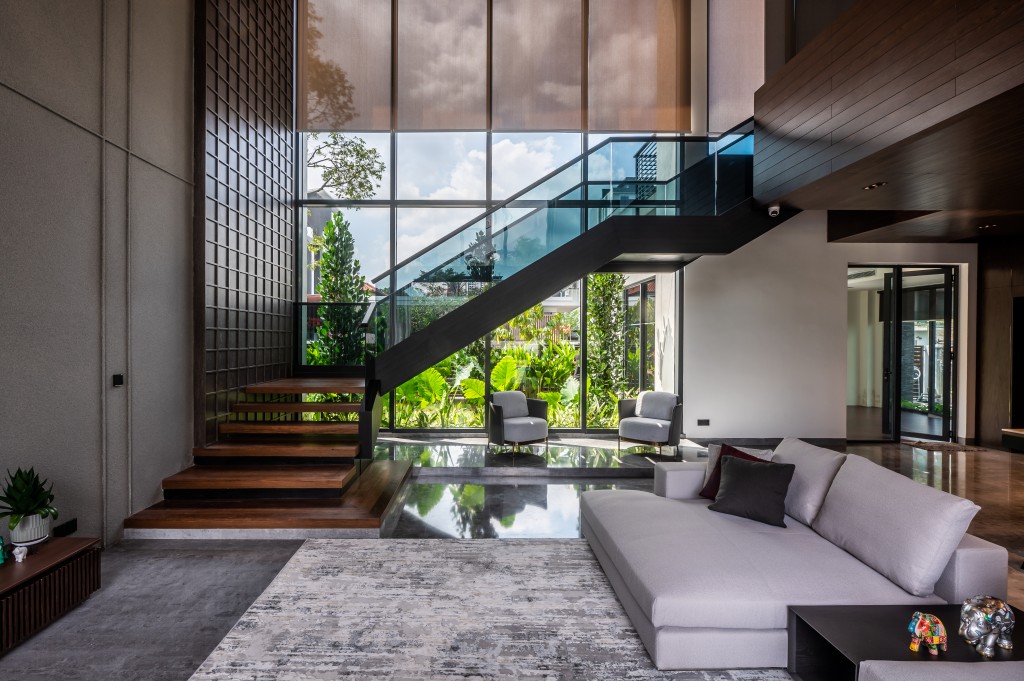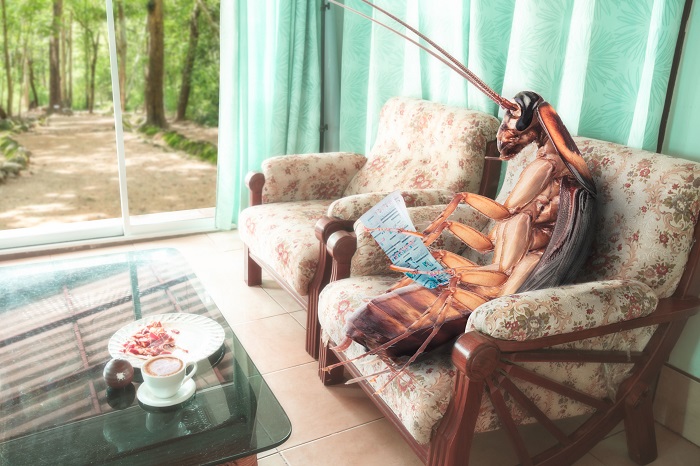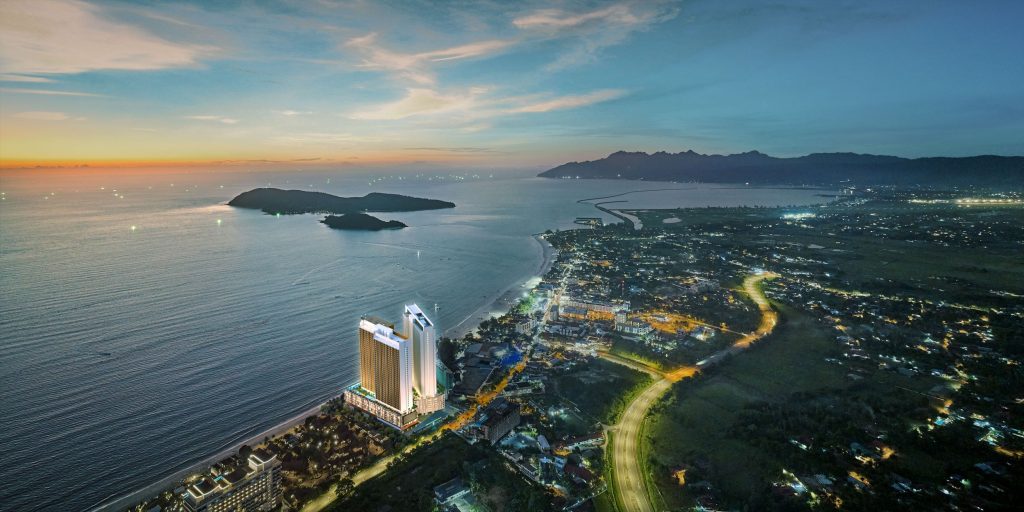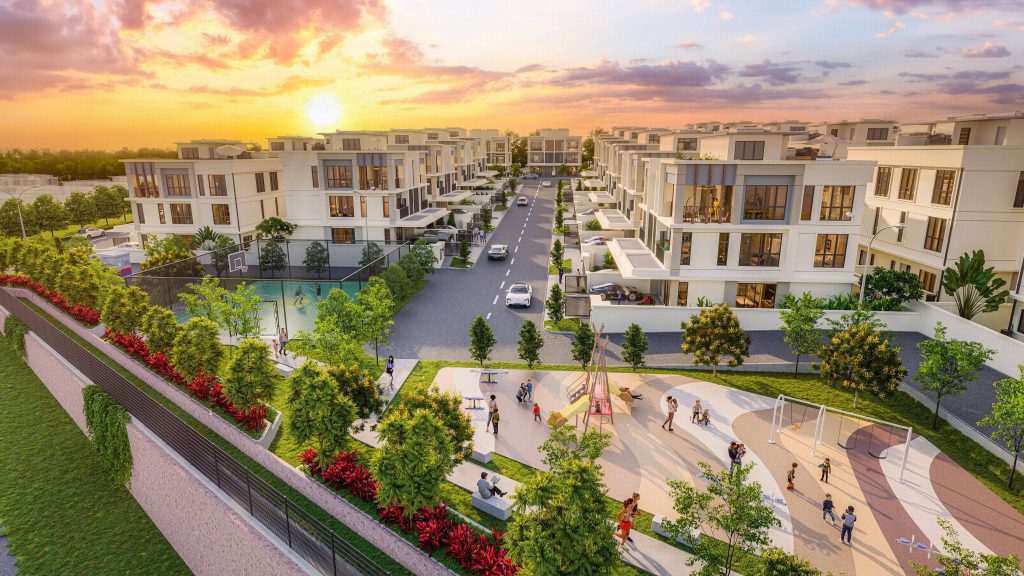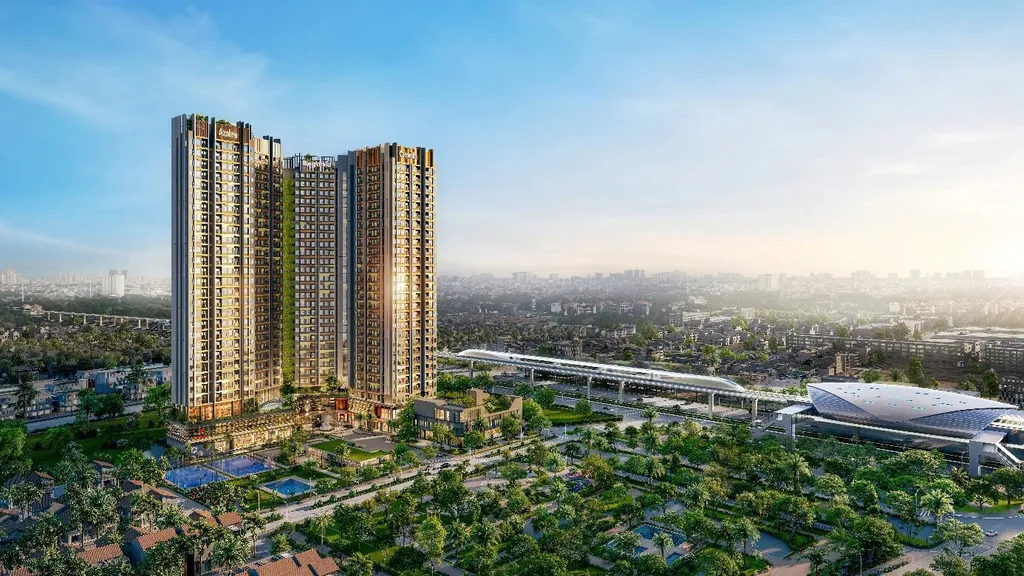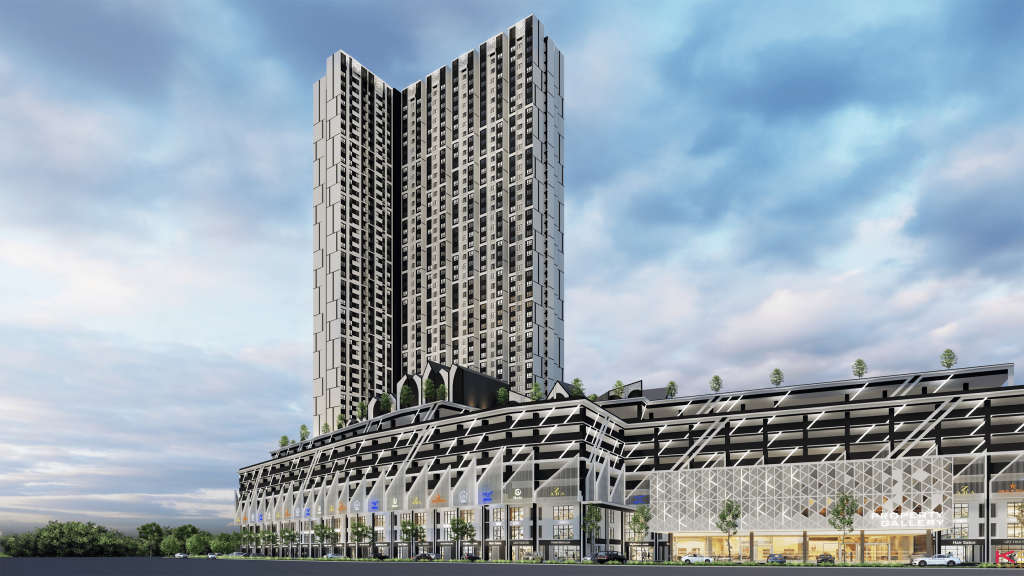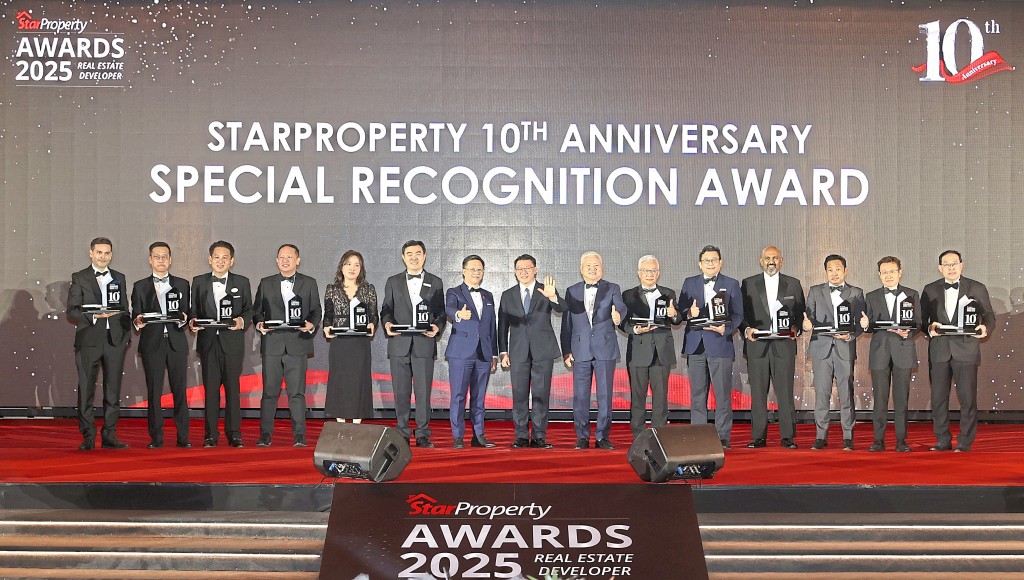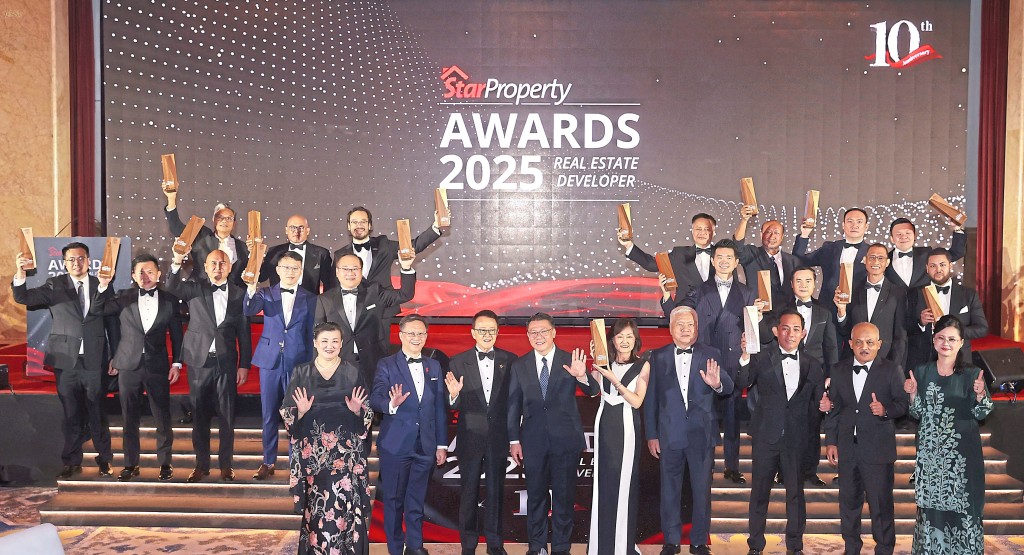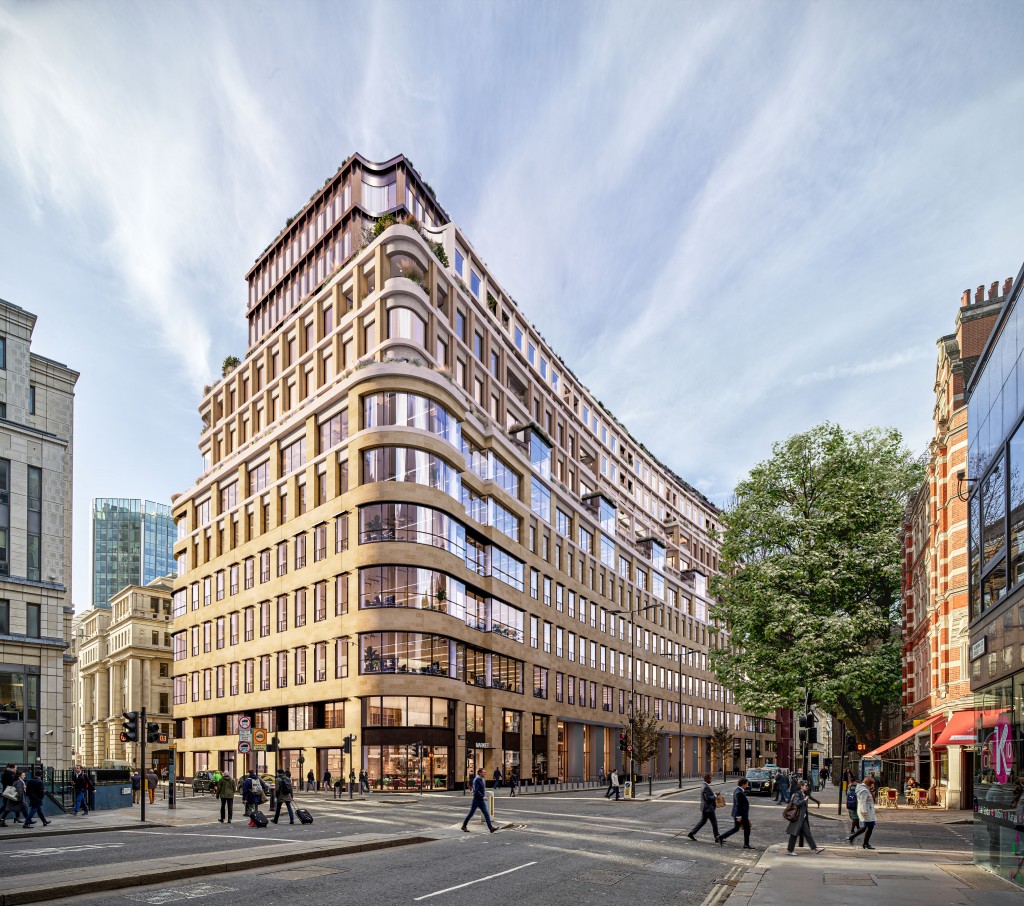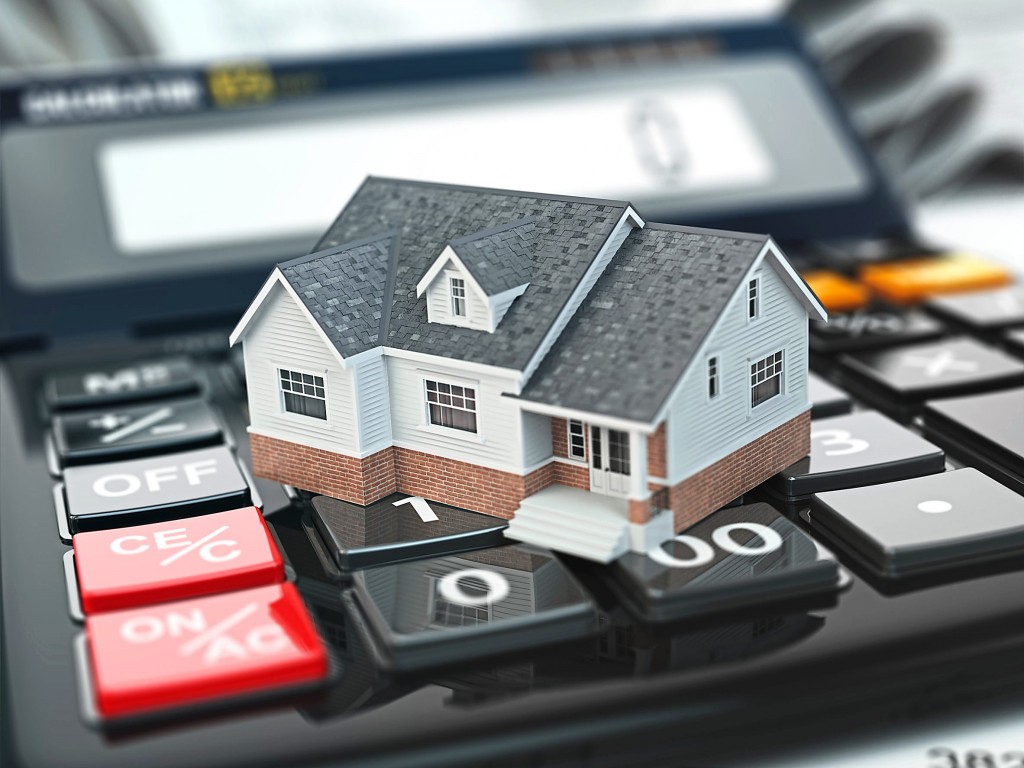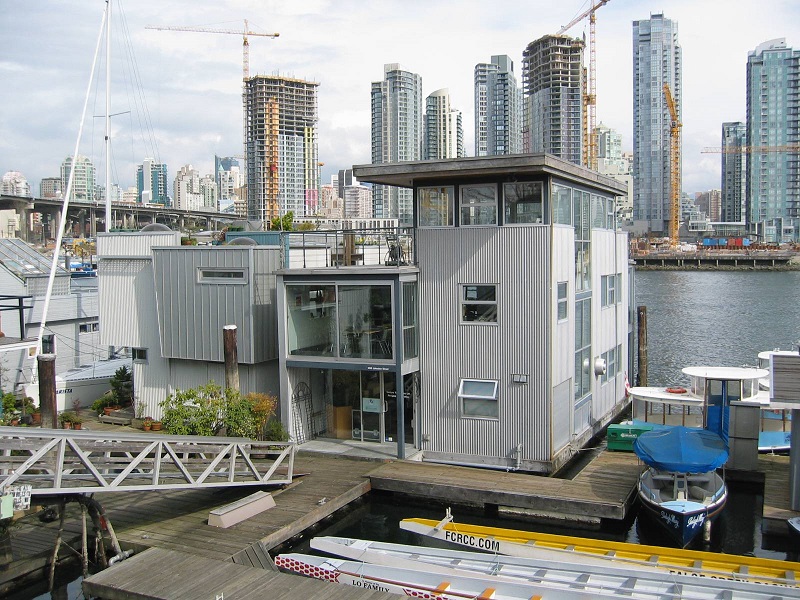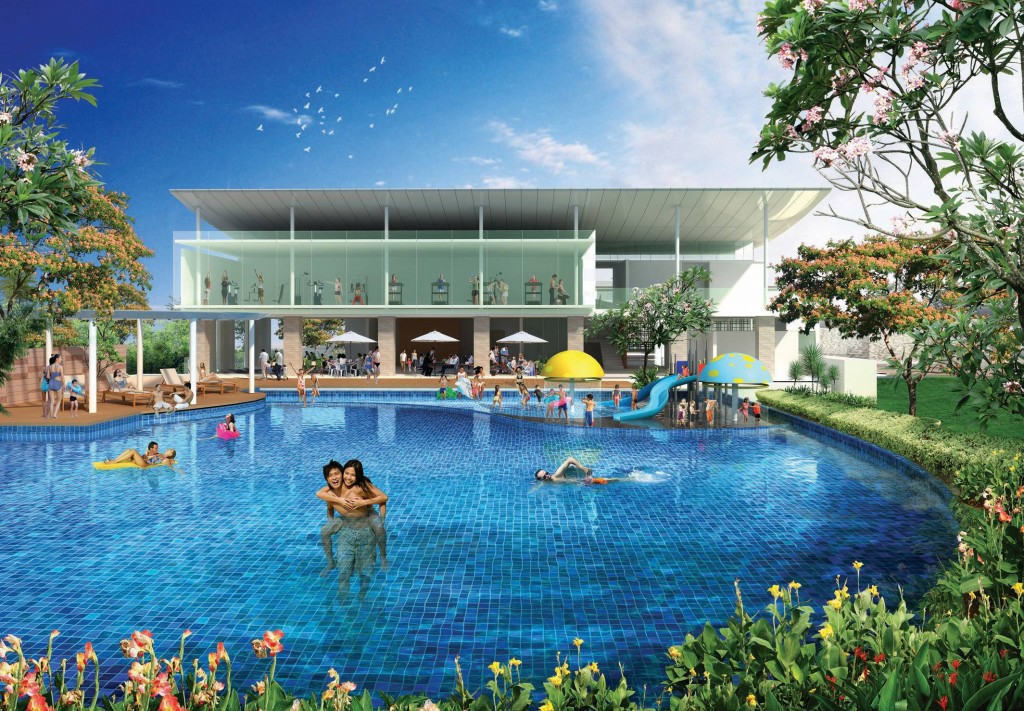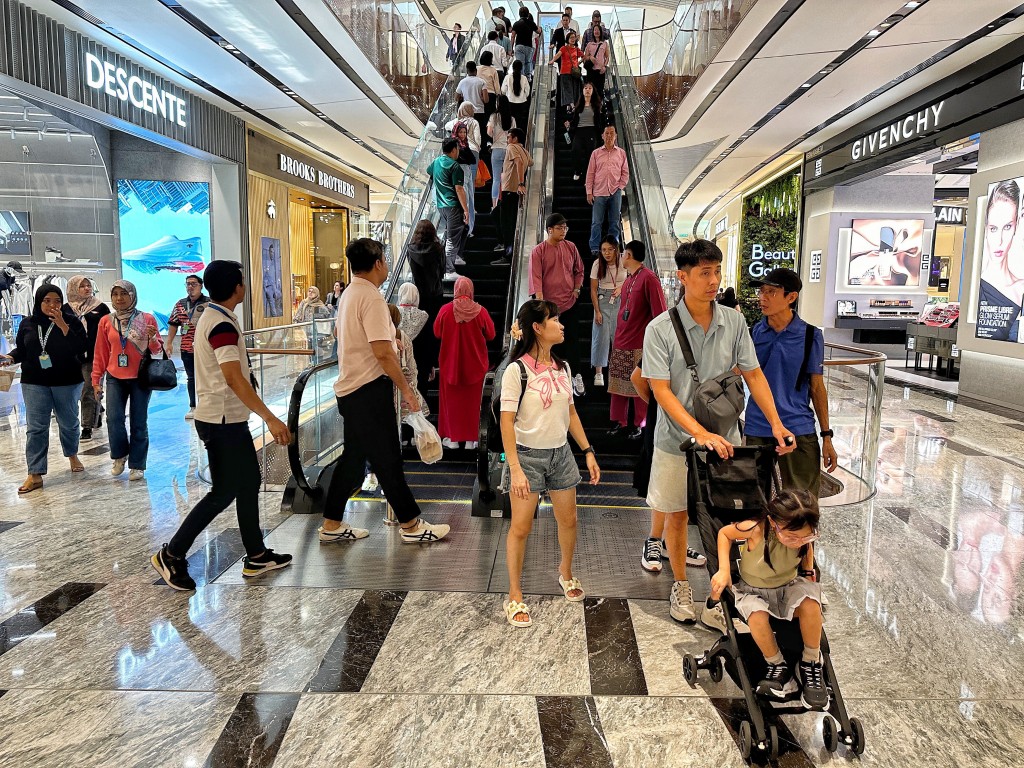
Visitors walking through The Exchange TRX Mall near Tun Razak Exchange MRT station— MUHAMAD SHAHRIL ROSLI/The Star
The driving force behind Malaysia's transformation as a shopping destination
By Yip Wai Fong
It was only after gaining independence that Malaysia’s retail landscape was truly transformed, with the abundance of purpose-built shopping malls marking a bold new chapter in urban living. From the first standalone mall in 1973 (see page 4) to a total of 490 malls at the end of 2024, the number of shopping malls has grown at an annual compound rate of 12.9%. This figure doesn’t take into account other retail centres such as supermarkets, hypermarkets and bazaars, which add another 243 establishments, bringing the total to 733 malls and retail centres in the country, according to Malaysia Shopping Malls Association (PPK Malaysia). How has the industry sustained this growth over the years?
Part of the answer is that private consumption continues to be the economy’s main driver. Apart from a dip from 2020 to the first quarter of 2021, private consumption as an expenditure component of Malaysia’s GDP rebounded with double-digit growth in certain quarters in 2022 and has since moderated to a range of 4.1% to 6% every quarter year-on-year.
Just last year, the Statistics Department reported that total retail trade grew by 6.1% to RM764.9bil. Retail trade in non-specialised stores, a category that includes shopping malls and retail centres, contributed RM293.9bil to the total figure and represented a growth of 6.9%.
What makes shopping malls persistently attractive? According to PPK Malaysia president Phang Sau Lian, brick-and-mortar malls offer distinct advantages, with comfort at the top of the list. "To visit a physical mall is to have a shopping experience that appeals to the five senses instantly while being in a pleasant, air-conditioned and comfortable ambience," Phang said when contacted by StarProperty.
Phang’s view was also illustrated by PPK Malaysia Vice President 2, Lum Youk Yee, who wrote for StarProperty last November: "In Malaysia, the shopping mall experience is often synonymous with luxury and comfort—pristine floors, chilly air-conditioning, spotless restrooms and a noticeable security presence. These elements are seen as essential to creating an ideal environment for shoppers."
High costs behind the facade
However, the trade-off for a high level of comfort is high operating costs.
"Many of the comforts we enjoy in shopping malls—such as freezing air-conditioning, ultra-bright lighting and a large workforce—come at a cost. While these conveniences enhance our shopping experience, they are not always essential and their overprovision has broader implications," Lum wrote.
The challenge of high operating costs was also one of the findings in the latest PPK Malaysia survey, which included participation from 61 shopping malls nationwide. The survey found that the average operating expenses are now 27% higher than the average service and promotional charges collected—a notable increase from 13.4% in 2022, the year of the previous survey.
PPK Malaysia also said this gap is expected to widen further due to escalating electricity tariffs, licensing fees, regulatory compliance costs and the upcoming SST expansion covering rental, leasing and renovation services. While shopping malls have been absorbing rising costs, the association raised concern that the rental SST taxes imposed on tenants will inevitably suppress rental affordability and exert additional pressure on landlords’ margins and cost recovery, particularly in a climate where mall operators are already subsidising operational expenses.
However, with the high number of malls, a question arises: Is part of the reason malls grapple with high operating costs due to intense competition on rental rates? Phang said this is not necessarily the case.
"Having more malls may not automatically lead to suppressed rental rates. The impact largely depends on several factors like the mall’s location, positioning, trade mix and the uniqueness of its overall content and offerings. Well-positioned malls with strong branding, a curated tenant mix and differentiated experiences can still command healthy rental rates, even in a competitive landscape. Conversely, poorly located and undifferentiated malls may struggle with rental pressure regardless of supply dynamics," Phang explained.
"As for the service charges, the rate is primarily determined by the mall’s overall operating costs such as utilities, security, housekeeping, maintenance and other essential services required to ensure smooth day-to-day operations. However, from our recent PPKM survey findings, mall landlords are, on average, subsidising 21% of these costs to maintain occupancy and support tenants, especially in today’s challenging retail environment," she elaborated.
Rahim and Co International research director Sulaiman Saheh offers a similar and more nuanced view.
"The retail market and the performance of retail malls are quite unique, where performance is very much dependent on various factors beyond just the physical mall. Non-physical factors like mall promotions, events, advertising, special events and mall management strategies that contribute to a mall’s experience play major roles in a mall's success, in addition to factors such as location, access, layout and built-environment factors and ultimately, supply and demand," he said.
"This is why, although rental rates and occupancy are generally said to be under pressure, certain malls are still performing well. These are malls that have strong appeals, promotions and experiential offerings on top of their strategic location. The scale and size of the existing catchment and their regulars, the vibrancy of the tenancy mix, on top of a mall’s strategic location and ease of access, allow these larger malls, particularly the established major malls, to maintain both high occupancy rates and a premium in their rental rates. These malls enjoy strong footfall and their positioning has been well-established over the years," he added.
“Notwithstanding the observation, it is not necessarily the case that larger malls translate to better performance. Whether or not having more malls affects rental rates depends on the malls' positioning and their ability to command footfall,” he summarised.
Robust consumption for the long run
While the sector continues to grow largely on the back of domestic consumption, a tapering of growth has been seen since 2023 as Malaysians cope with the rising cost of living. Universiti Malaya’s business and economics faculty Professor Nurul Shahnaz said a closer look at the growth trend in private consumption and retail trade may reflect not only a recovering economy but also rising costs in certain goods and services such as food and beverages (F&B). She also said the rise of Buy Now Pay Later (BNPL) facilities contributes to the seemingly robust consumer spending.
"I think we have to look deeper into consumer spending rather than just seeing it as a reflection of a strong economy. One of the drivers could be the BNPL facilities, especially for online shopping. The growth of BNPL users in Malaysia has been very high and they are mostly from households with incomes of RM5,000 and below. The ease of spending afforded by BNPL is one of the contributors to the growth in private consumption and BNPL usage also reflects the increase in the cost of living in urban areas," Shahnaz opined.
Shahnaz is also of the view that the phenomenon where certain malls are not performing well or malls that are only crowded on the F&B levels, is an indicator of cautious spending among consumers.
"While some shopping malls in Klang Valley are very popular, some others are not doing very well. Some of the newer malls have crowds only at the lower levels, at the F&B outlets while the upper levels seem quiet. So while people have easy access to retail, they may not necessarily go there to shop. People feel the tightening of their budgets," she said.
Shahnaz also said that real income growth remains key to ensuring private consumption continues to be the driver of retail and the economy.
"Consumer confidence in the economy is one factor but real income growth is important. How does the government ensure income growth keeps pace with inflation?" she asked, adding that Malaysians should also increase their financial literacy and saving rates for expenses that come with ageing.
"The gross saving rate as a percentage of GDP is on a decreasing trend. While spending is important for the economy, society must also save for the future. Saving is necessary to enable more sustainable spending in the long run, as Malaysia is an ageing society and healthcare will be needed," she said.
On the other hand, Phang believes that the key to shopping malls’ relevance lies in their ability to listen to the community and adapt swiftly to their changing preferences.
"The mall management must be cognisant of rapidly changing consumer trends and be able to adapt to stay ahead of the curve. Malls that are able and willing to transform themselves to meet changing consumer needs will remain viable and survive competition. They must also cater to their primary market to retain their shoppers and create better offerings to attract new shoppers.
In short, a successful mall requires a strong and experienced management team that can adapt swiftly to market shifts and evolving consumer behaviour. It must deliver compelling destination experiences, curate vibrant F&B and social interaction spaces, embrace digital innovation in the shopping journey and foster deep connections with both retailers and the surrounding communities. Equally important are a commitment to sustainability and the integration of wellness elements to meet modern lifestyle expectations," she concluded.

Growth trend in spending may also reflect an increase in living costs other than confidence in the economy, Shahnaz opined.
Stay ahead of the crowd and enjoy fresh insights on real estate, property development and lifestyle trends when you subscribe to our newsletter and follow us on social media.




